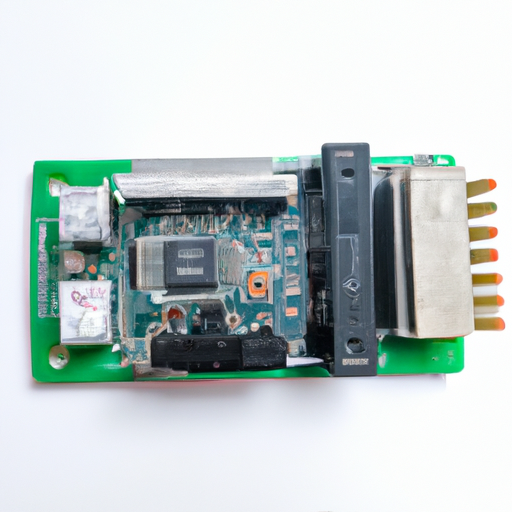


Title: Exploring the Versatile Product Features of Transceiver Modules

1. Compact and Modular Design (200 words) One of the key features of transceiver modules is their compact and modular design. These devices are typically small in size, allowing for easy integration into various communication systems. Their modular nature enables seamless interchangeability, making it possible to upgrade or replace modules without disrupting the entire system. This feature is particularly advantageous in scenarios where scalability and flexibility are crucial, such as in data centers or telecommunications networks.
2. High Data Rates and Bandwidth (200 words) Transceiver modules are designed to support high data rates and bandwidth, ensuring efficient and reliable data transmission. With advancements in technology, these modules can now handle data rates ranging from a few megabits per second (Mbps) to several terabits per second (Tbps). This capability is vital in applications that require real-time data transfer, such as video streaming, cloud computing, and high-frequency trading.
3. Multiple Protocol Support (200 words) Transceiver modules are designed to support various communication protocols, making them compatible with a wide range of network infrastructures. Whether it's Ethernet, Fibre Channel, InfiniBand, or SONET/SDH, these modules can seamlessly adapt to different protocols, ensuring interoperability across diverse networks. This feature is particularly valuable in environments where multiple protocols coexist, such as enterprise networks or data centers.
4. Long Transmission Distances (200 words) Transceiver modules are engineered to transmit data over long distances, enabling communication across vast geographical areas. These modules leverage advanced optical technologies, such as dense wavelength division multiplexing (DWDM) and coherent detection, to achieve extended transmission distances. This feature is crucial in applications like long-haul telecommunications, submarine cable systems, and intercontinental data links.
5. Hot-Pluggable and Hot-Swappable (200 words) Transceiver modules are designed to be hot-pluggable and hot-swappable, allowing for easy installation and maintenance. Hot-pluggability refers to the ability to insert or remove a module while the system is powered on, eliminating the need for system shutdowns. Hot-swappability, on the other hand, enables the replacement of a faulty module without interrupting the overall system operation. These features significantly reduce downtime and enhance system reliability, making transceiver modules ideal for mission-critical applications.
6. Low Power Consumption (200 words) Transceiver modules are engineered to operate with low power consumption, ensuring energy efficiency and reducing operational costs. With the increasing demand for sustainable solutions, these modules play a crucial role in minimizing power consumption in communication systems. This feature is particularly important in applications where power constraints exist, such as remote locations or battery-powered devices.
7. Diagnostic and Monitoring Capabilities (200 words) Transceiver modules often come equipped with diagnostic and monitoring capabilities, allowing for real-time performance monitoring and troubleshooting. These features enable network administrators to identify and rectify issues promptly, ensuring optimal system performance. Diagnostic capabilities may include monitoring parameters like temperature, voltage, and optical power levels, while monitoring capabilities may involve the use of digital diagnostic monitoring (DDM) or optical time-domain reflectometry (OTDR) techniques.
Conclusion (100 words) Transceiver modules are indispensable components in modern communication systems, offering a wide range of product features that enhance performance, reliability, and flexibility. Their compact and modular design, high data rates, multiple protocol support, long transmission distances, hot-pluggable and hot-swappable nature, low power consumption, and diagnostic capabilities make them essential in various applications. As technology continues to evolve, transceiver modules will continue to play a vital role in enabling seamless and efficient communication across networks.